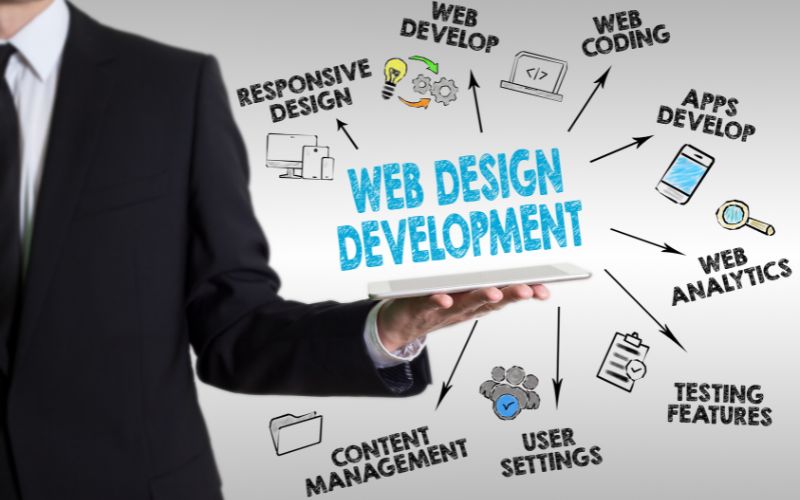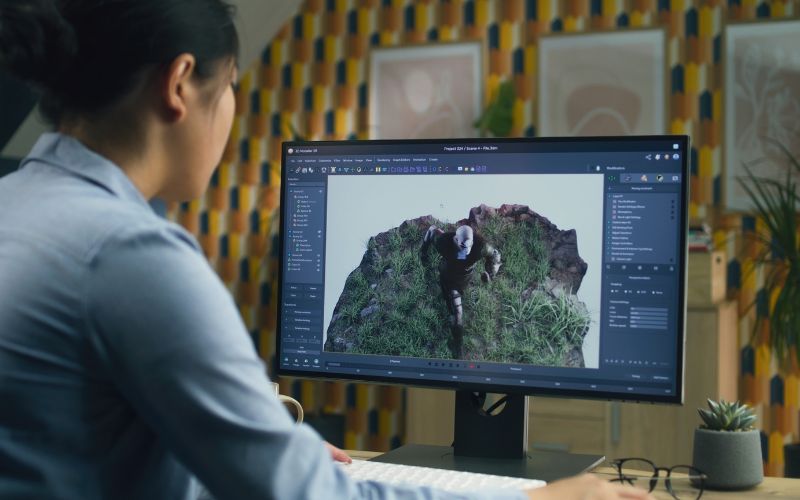Next-Gen VFX: Innovations and Trends Transforming Visual Effects
The age of Visual Effects (VFX) has evolved a long, long way. What used to be a luxury of only big-budget films is now part and parcel of almost every kind of visual medium. VFX brings fantasy to life—be it creating monsters, creating worlds in the future come to life, or delivering cinematic effects to films. But it’s not just limited to the big screen anymore. VFX is redefining video games, TV, commercials, and even social media. With each breakthrough, there are more choices. The future of VFX has never been brighter, and we have only just started.
What is VFX?
VFX stands for Visual Effects, which refers to the creation or manipulation of imagery outside of the normal filming range. It’s used to create impossible or too costly-to-film scenes or objects in real life. From animating animals to simulating explosions, VFX is responsible for the magic that makes films and games visually appealing. VFX is used in various industries, including film, television, gaming, advertising, and online media.
If you’re passionate about technology and storytelling, a career in VFX can be very rewarding. But to succeed, you must be familiar with the tools, techniques, and trends that shape the industry today.
Why Should You Learn the Current VFX Trends?
The VFX sector is a fast-moving one. New tools, software, and techniques are introduced every alternate day. It is important to be aware of the prevailing trends to stay ahead of the game in this very competitive sector. Trends such as artificial intelligence (AI), machine learning (ML), and real-time rendering are revolutionising the way VFX is made. Being aware of such trends keeps you ahead of the curve and ensures that your output is the best.
For example, thanks to AI technology, artists can now automate most of the tedious work so they can focus more on creative growth. Real-time rendering tools, like Unreal Engine, have helped VFX artists visualise visual effects in real-time, and as a result, the time taken to create visual content has dramatically decreased.
By learning and embracing such advancements, you can rest assured to produce top-notch, innovative work that sets benchmarks for the company.
Current VFX Trends and Innovations
VFX is still advancing, and one of the new trends redefines the industry in 2025:
- AI-Driven VFX: AI has been the king with many jobs, ranging from automated rotoscoping to improved texture. AI helps artists be capable of cutting and joining gigantic pieces of information with ease. This shortens production timelines and provides room for more creativity and efficiency.
- Real-Time Rendering: Real-time rendering engines like Unreal Engine are revolutionising the way VFX is being created. The engines provide instant feedback and quick iterations, which are perfect for films, video games, and virtual reality.
- Virtual Reality and Augmented Reality: VR and AR are expanding the limits of VFX. With them, artists can design interactive worlds that the viewer can inhabit. The trend is now applied in gaming, advertisement, and even learning.
- Cloud-Based VFX: Cloud computing is making it easier to produce VFX. Artists can work remotely, co-create in real-time, and access powerful processing power, thereby making it more efficient and cost-effective.
- Motion Capture: Motion capture is as much a useful VFX tool as it has ever been, particularly in the use of animated characters and simulations of real-world life. The technology has come a long way, allowing for smoother and more natural character movement.
- VFX in Gaming: Gaming is fast becoming one of the most growing industries where VFX is utilised. From making grand environments to real-like characters, VFX is revolutionising how games are being played and enjoyed.
These are some of the trends that are changing the VFX industry. Keeping yourself updated with these trends will not only make you competitive but also a force to be reckoned with in the VFX industry.
Importance of Studying a VFX Course
For building a career in VFX, proper training is required. Both the Diploma in VFX Technology and the Advanced Diploma in VFX Technology courses provide not only theoretical knowledge but also practical knowledge. They are each 12 months long and are designed to provide you with the skills necessary to be successful in the fast-paced field of VFX.
These courses range from basic VFX principles to advanced techniques. You’ll be taught digital compositing, 3D modelling, animation, visual effects simulation, and more. The course is application-specific learning and industry-standard software so that you’re job-ready as soon as you join the industry.
The eligibility for both of these courses is 10+2 or equivalent, so you can join immediately after your higher secondary education.
Why Join George Animatrix for a VFX Course?
Choosing the best VFX institute in Kolkata to pursue your passion is important, and George Animatrix is the ideal destination. At George Animatrix, you don’t only learn theory—you learn by working, getting your teeth into actual projects using industry-grade tools and software. With professional teaching staff having years of working experience in the field, George Animatrix makes sure that you are not only another student but a prospective VFX professional who can face actual challenges.
When you learn at George Animatrix, you will become one of our alumni who are nurturing creativity, innovation, and progress. Their Diploma in VFX Technology and Advanced Diploma in VFX Technology courses are crafted specifically to prepare you with all that you’ll require—tech skills, industry expertise, and a killer portfolio that will set you apart. Tailor-made mentoring, advising, and getting the opportunity to work with similar minds alongside you are only some of its advantages.
If you want to turn your VFX hobby into a successful career, George Animatrix is the place to begin.
Conclusion
The VFX world is exciting and full of limitless potential. With new technology being developed each year, there’s never been a more exciting time to enter the industry. Whether you’re looking to create show-stopping movie moments, build virtual worlds, or build immersive gaming experiences, a VFX course will give you the skills to do it.
Ready to elevate your interest in VFX to the next level? Reach out to us today to discover more about the Diploma in VFX Technology and Advanced Diploma in VFX Technology and join an exciting adventure into the world of visual effects!
FAQs
Q1. What are the skills needed to undertake a VFX course?
Core creativity, technology passion, and good knowledge of visual storytelling are the needed skills. Core technical skills in the application of design software such as Adobe After Effects and Autodesk Maya will be useful.
Q2. How long does it take to finish a VFX course?
The Diploma in VFX Technology and Advanced Diploma in VFX Technology are both 12-month courses to prepare you with comprehensive knowledge and hands-on experience.
Q3. What software will I be learning in a VFX course?
You’ll be learning industry-standard software such as Adobe After Effects, Autodesk Maya, Houdini, Blender, and Nuke, among others.
Q4. Will I be job-ready in VFX after this course?
Yes! The course gets you ready for entry-level jobs in leading VFX studios, with a good portfolio and hands-on skills to get your dream job










